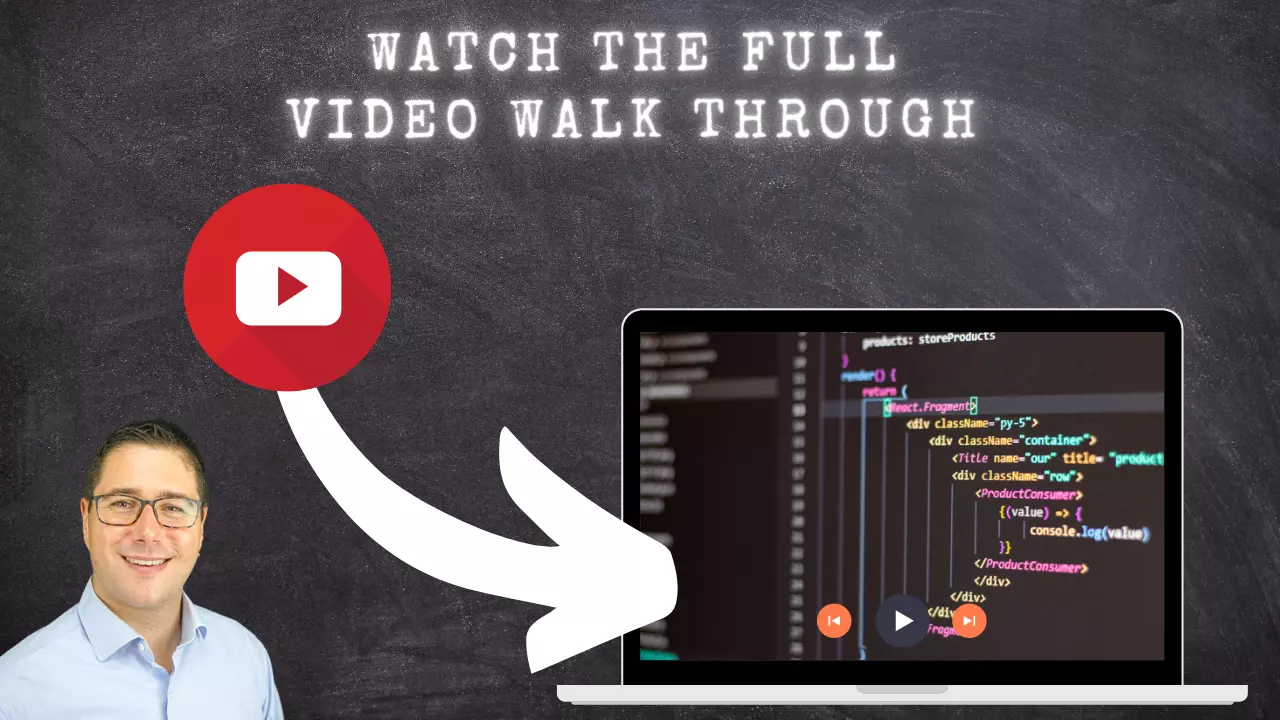ERC721 Part 2: Secondary Sales Royalties¶
For project Project Aisthisi we are exploring the connection between digital art, blockchain and olive oil. In other words: ERC721 Tokens with a supply chain component attached to it.
In the previous part 1 we were setting up a basic token with some locking functionality using the ERC721PresetMinterPauserAutoId. In this part we are reducing it to the most necessary functionality and add in Secondary Sales Royalties for Opensea, Rarible and Mintable.
In the final part we are building a small Web3 UI around this.

Background¶
Beginning of 2021 we (the Team behind the Ethereum Blockchain Course) had an intriguing idea: What if we can auction tokens like traditional NFTs, but have a physical component to it? Project Aishtisi was born. This page contains the technical lessons learned and a full rundown of the Smart Contract architecture we're using for the project.
Content¶
This is the lab you've been looking for if you want a tutorial style guide for low(er) level ERC721 Smart Contracts which contain a Supply Chain component. All following industry best practices.
This is for educational purposes only, do your own Audit when used in Production.
Real-World Use-Case for this Project¶
💸 ERC721 Token generation
💰 Secondary Sales Royalties on Opensea, Rarible and Mintable (ERC2981 NFT Royalty Standard)
🤑 Understanding the costs for Deployment of ERC721 Tokens
Development-Goal¶
🤔 Deep Dive Into ERC721
😎 Understand how tokens are auctioned on Opensea or Mintable
No Liability - Educational Only!
Platforms change all the time and it is a very volatile marketplace. This example is for educational purposes only. Consult an expert before deploying tokens in production and use on your own risk!
These were our learnings when we deployed the Aisthisi Token.
If you're ok with that, then let's get started!